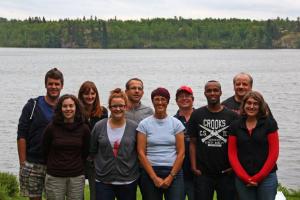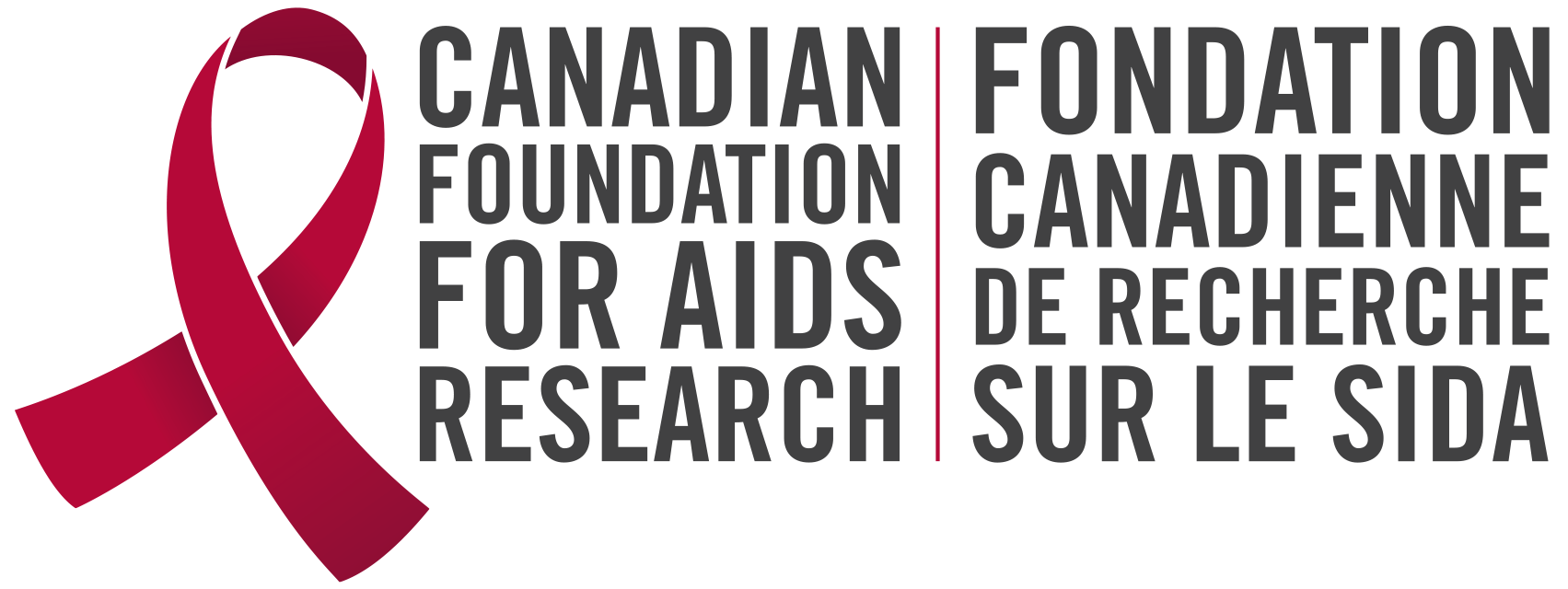Meet Dr. Keith Fowke
Dr. Keith Fowke is cross appointed as a Professor in the University of Manitoba’s Department of Community Health Science and is a Visiting Lecturer in the Department of Medical Microbiology at the University of Nairobi. He has establised a vital, active research laboratory consiting of a technician, graduate students, postdoctoral and clinical fellows, research fellows, B.Sc. (Med) and summer research students.

What should we know about HIV and AIDS right now?
While the number of new HIV infections worldwide has been declining, it has remained over 2 million new infections for the past 23 years. While providing therapy for people with HIV has reduced transmission significant, many transmissions occur among those who do not yet know they are HIV infected. More needs to be done to prevent new infections.
What research projects are you currently working on?
Our lab is trying to understand how we can protect individuals from acquiring HIV by reducing the number of HIV targets cells in the genital tract. This work is inspired by our studies of female sex workers in Nairobi Kenya who, despite being intensely exposed to HIV, remain uninfected. In this group we have observed that the immune system at the genital tract is in a resting, or quiescent, state which results in fewer HIV target cells and we believe this contributes to part of their protection. Together with our colleagues at the University of Manitoba, the University of Nairobi and the Public Health Agency of Canada, we are working towards finding ways of mimicking this “immune quiescent” state in women at risk of acquiring HIV.
The lab also studies how HIV improperly activates the immune system and causes it to become overactive and not function properly. We are studying a key protein located on the surface of immune cells, called LAG-3, which normally controls the immune system but in HIV infection is overactive. We are trying to understand if activation of this key regulatory protein is one of the first dominos to fall in the pathway that leads to the immune system not functioning properly in HIV infection. The goal is to provide a means of blocking this effect, thereby preventing many of the downstream detrimental effects of a defective immune system.
What’s a typical day like in the lab?
A typical day consists of students and postdocs in the lab performing studies on fresh blood cells from local donors or frozen cells from some of our collaborating studies in Africa. The lab members stimulate the cells with particular agents and then study how the cells respond by measuring the factors they release or the proteins they express on the surface of the cells. The lab gets together weekly to review the results and learn from each other.
What type of small advancements do you see in a day/week/month?
Major basic science advances are measured in years and decades, however, on a weekly basis the lab members will make important findings that will confirm that the assays are working properly and generating reliable data. On a monthly basis someone from the lab will complete the analysis for a study and share their results with the rest of the lab and start to write up their work into a manuscript for publication.
What do you hope to achieve through your research?
We hope to be able to find ways of reducing the improper activation of the immune system that leads to greater susceptibility to HIV infection and, once infected, faster disease progression. We hope to create a therapy that can be used in conjunction with other methods such as vaccines and microbicides, to reduce susceptibility to HIV infection.
What excites you about your research?
The women of the cohorts in Nairobi who are our partners in this research provide valuable, real-world insights into how HIV may be overcome. These women have been intensely exposed to HIV over the years and yet they remain uninfected. It is exciting know that slowly, we are understanding some of the different ways in which this natural resistance to HIV infection is being realized.
What is the most important area of HIV and AIDS research right now?
HIV prevention and cure efforts are among the most interesting to our lab at the moment.
Why is now the time to make HIV and AIDS research a priority in Canada?
Canada, and in particular the Prairie Provinces, are facing ever increasing rates of HIV infection among certain populations including women and indigenous peoples. Applying lessons learned from global locations that have been dealing with focused HIV epidemics, is critical in order to stem the tide of HIV infections among highly vulnerable Canadian populations.
Why is now the time to make HIV and AIDS research a priority globally?
The rate of newly acquired HIV infects globally remain much too high. Canadian researchers are well positioned globally to make significant contributions to the fight against HIV, not just in our country but world-wide. Not everyone in every country knows their HIV status or can access HIV therapy should they need it. Canada can be a global leader in HIV prevention efforts.
What can Canada offer that sets them apart with HIV and AIDS research?
Canada has unique strengths in a worldwide network of research collaborations in areas heavily affected by HIV understanding the immune response in the genital tract where HIV is most often first encountered
What’s next for HIV and AIDS research in Canada?
While providing treatment globally is critical, there are concerns about long-term sustainability. Canada should honour its commitments to providing HIV therapy globally but also focus research on HIV prevention and cure.
What have been the most important research milestones for HIV and AIDS?
- Identifying the virus
- Understanding the epidemiology of the spread of HIV infection, who is infected and when
- Establishing that not all who are exposed to HIV become infected
- Protease inhibitor development to create combination therapies
- Rollout of large scale treatment programs such as PEPFAR
- Berlin patient “cured” of HIV
- HIV vaccine gives partial protection
